Mathamnaya Stotra (part extracted) & Shankaracarya Prasasti
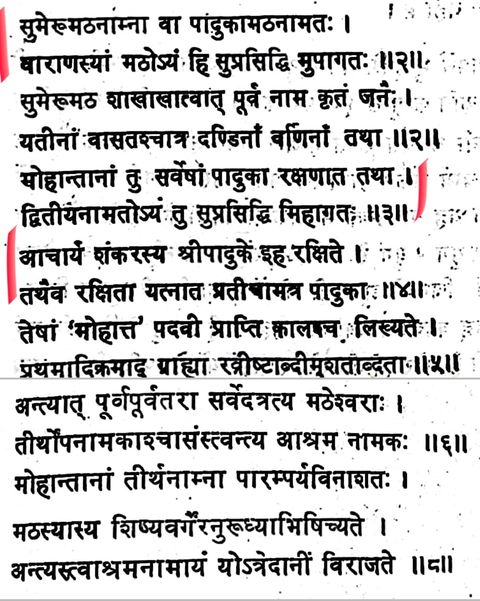
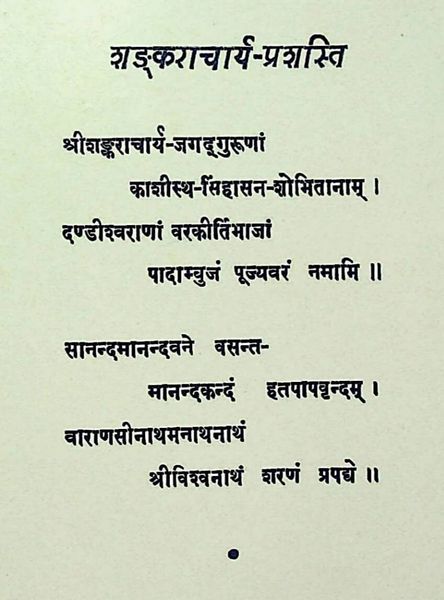
Mathamnaya Stotra (part extracted) & Shankaracarya Prasasti


Sri Bharati Krishna Tirtha, Jagadguru Shankaracharya, Purvamnaya Puri Govardhana Matha
This Sankarite institution belongs to the Urdhvamnaya division and follows Sama Veda. The presiding deities are “Nirajanesvara Mahadev and Bhadra Kali (Maya)”.
According to the Guruvamsa Kavya of Sringeri matha, Sri Sankara Bhagavadpada established five mathas while staying in Kashi. (However, names and location of these five mathas were not mentioned by Kashi Lakshmana Sastri, its author)
This matha has been under the royal patronage of His Highness The Maharaja of Benares. It was presided over by a Bengali dandi sanyasin during the last century.
The “Paduka Matha” is also known as “Sumeru Matha”. Many Acharyas have presided over the matha without any break since from its inception.
In an appeal issued on behalf of this Matha by some dandi-sanyasis, Mahamahopadhyayas and other respectable persons, the following statement appears :
” During His stay at the holy city of Kashi (Benares), Paramahamsa Parivrajakacharya Jagadguru Sri Adi Sankaracharya Maharaj established the Sumeru Math “…
Sri Sankaracharya visited this place which was then a thatched house belonging to a Maharashtra Brahmana. When the Acharya left the place, His followers there wanted some sacred object be left behind in His memory. The Acharya Blessed the disciple His divine Padukas which is worshipped there even today.
During the period of Lord Cornvallis, the Britishers were persecuting the then Raja of Benares, and the Raja had to run for his life. By chance he came to this matha. Being thirsty he wanted some water and the then presiding Acharya quenched his thirst and blessed him. Later the Raja regained his State and became a disciple of the matha and provided for Annual grants for the maintenance of the matha.

Guruparampara
i. Upanishad Brahmendra
iii. Upanishad Brahmendra II – Commentator of 108 Upanishads. (Vasudevendra Sarasvati had two other Sishyas Krishnananda Sarasvati and Svayamprakasa Sarasvati)
iv. Rama Brahmendra Sarasvati (Disciple of Svayamprakasa Sarasvati author of Tatvasangraha Ramayana, Ramayana Tatvadarpana and various other works)
v. Anantananda Sarasvati
vi. Gnanendra Sarasvati
vii. Vasudevendra Sarasvati
viii. Brahmanendra Sarasvati
ix. Ishtasiddindra Sarasvati
X. Krishnanandendra Sarasvati
X. Anantanandendra Saraswati
Anantanandendra Sarasvati, author of Vedanta Sara Sangraha (Ramayana Printing Press, Madras) says that he is the sishya of one Mahadevendra Sarasvati who was the prasishya (grand disciple) of Upanishad Brahmendra Sarasvati.
He says that Mahadevendra Sarasvati had 10 sishyas of whom he was one and that he consecreted a Sivalinga at Virunchipuram.
(Source: Anantanandendra’s paper ms.)
Upanishad Brahmendra Matha is situated in Kanchipuram. Upanishad Brahmendra Sarasvati was a disciple of one Sri Vasudevendra Sarasvati. He was also known as Sri Ramachandrendra Sarasvati.
Upanishad Brahmenrda wrote commentaries on all the 108 Upanishads. He seems to have lived during the 18th century. At the end of the commentary on the Muktikopanishad, he says, he completed it on 17-12-1751. His writings come to about 45,000 granthas. His contributions to Advaita is voluminous.
In Benares there is a Sankarite institution called Brahmendra Matha in the Shivala Ghat. There is an inscription dated Vikrama Samvat 1941 Salivahana Saka 1806 (1884 C. E.) which refers to Sankaracharya, indicating thereby that a parampara of Sri Sankaracharya with “Indrapatta” existed in the 19th century at Benares. Visvanatha yatindra who is referred to in this inscription was a disciple of Sri Chandrasekharendra Sarasvati, the 64th Acharya Kanchi Kamakoti Matha.
There is a tradition in Benares that a sanyasi belonging to this Matha once visited Benares. At that time the Maharaja of Benares was suffering from some disease. The Sanyasi cured him of this disease. The Maharaja wanted to do something in acknowledgement of this help.
The Sanyasi wanted that a Matha may be constructed in Kasi for his stay. The Maharaja gave the necessary land for the Matha and the Matha was constructed, funds being given from the original Upanishad Brahmendra Matha. That is the Matha, now known as the Brahmendra Matha in Kasi.
Vasudeva Brahmendra Sarasvati of Upanishad Brahmendra Matha was the author of “Sastra Siddanta Lesa Tatparya Sangraha “.
According to the introduction to this book published in 1926 written by one Mayavaram Vaidyanatha Sastri, this Vasudeva Brahmendra Sarasvati was a disciple of one Krishnanandendra Sarasvati who was himself a disciple of Upanishad Brahmendra Sarasvati.
Ramabrahmendra, disciple of Svayamprakasendra Saraswati lived in Benares. He was the author of the work Ramabrahmendra Pancadashi.
Ramabrahmendra Panchadashi is a collection of various works compiled by Ramabrahmendra which includes Mathamnaya from Citsukhacarya’s Brihat Sankaravijaya, Sureswaracarya Sishya Parampara Stuti and Sri Kanchi Kamakoti Guruparamapara namamala, stava which was published by Kalpattu Guruswamy Sastry, in 1894.
In the introductory part of the above cited publication, it is mentioned that this had been regularly recited by the Sanyasi disciples of Kashi and the same was obtained from one Paramanandendra, who was residing in the Dandi Ghatta of Avimukta Kshetra (Kashi).
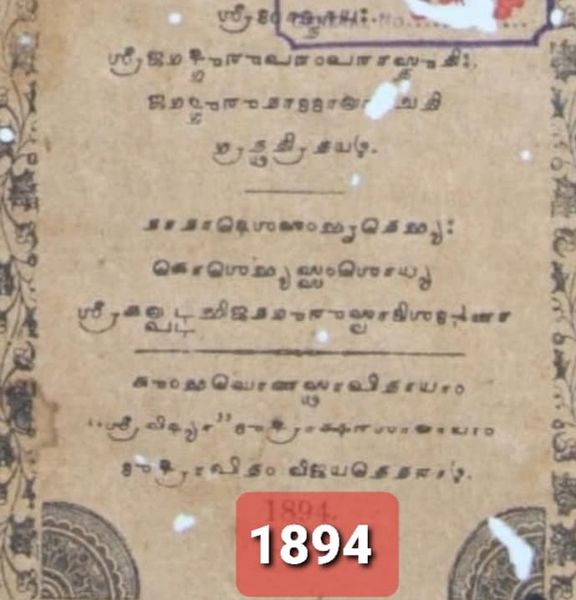
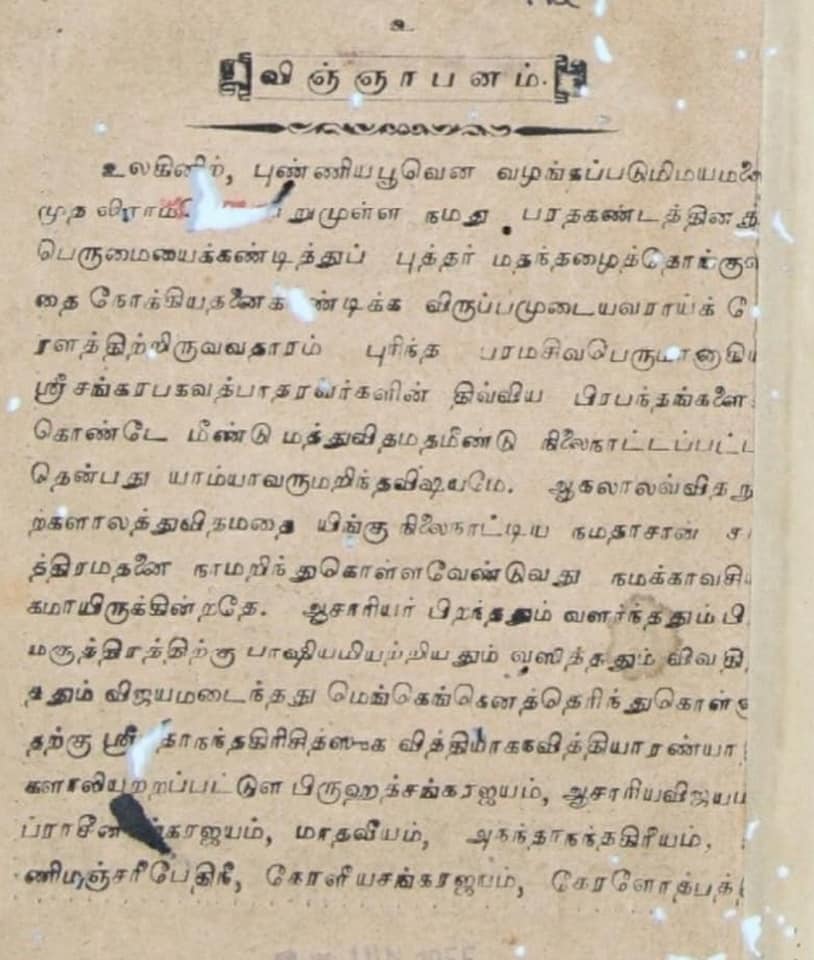
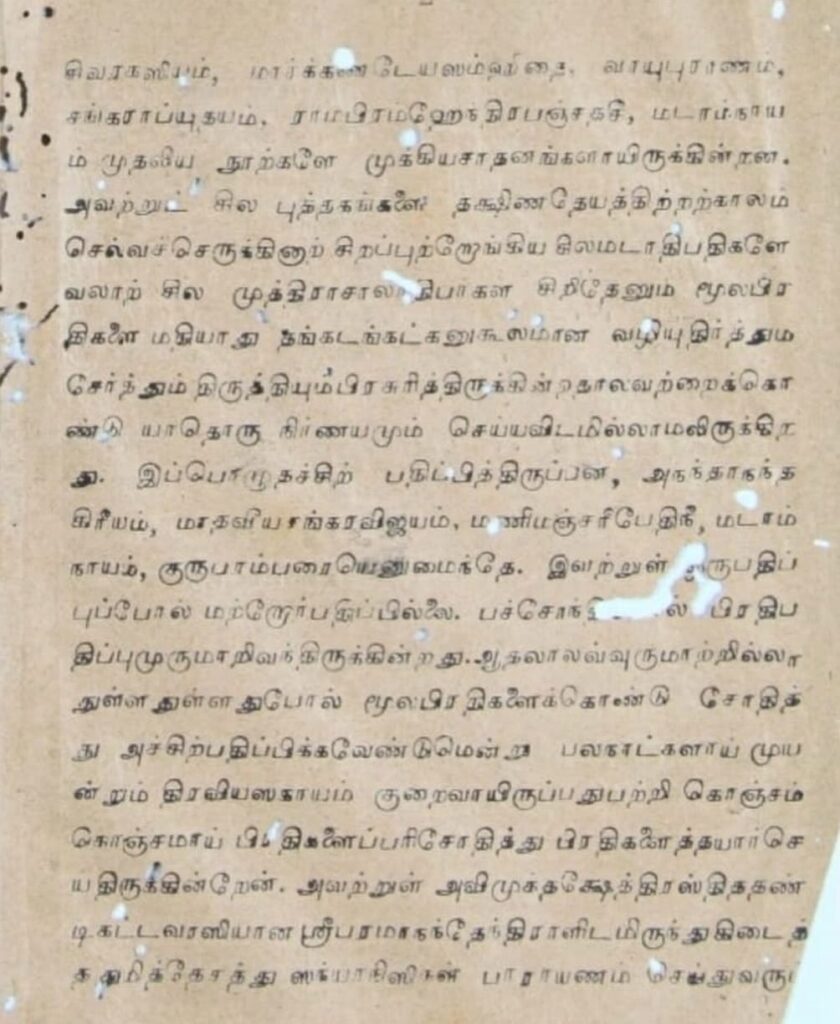
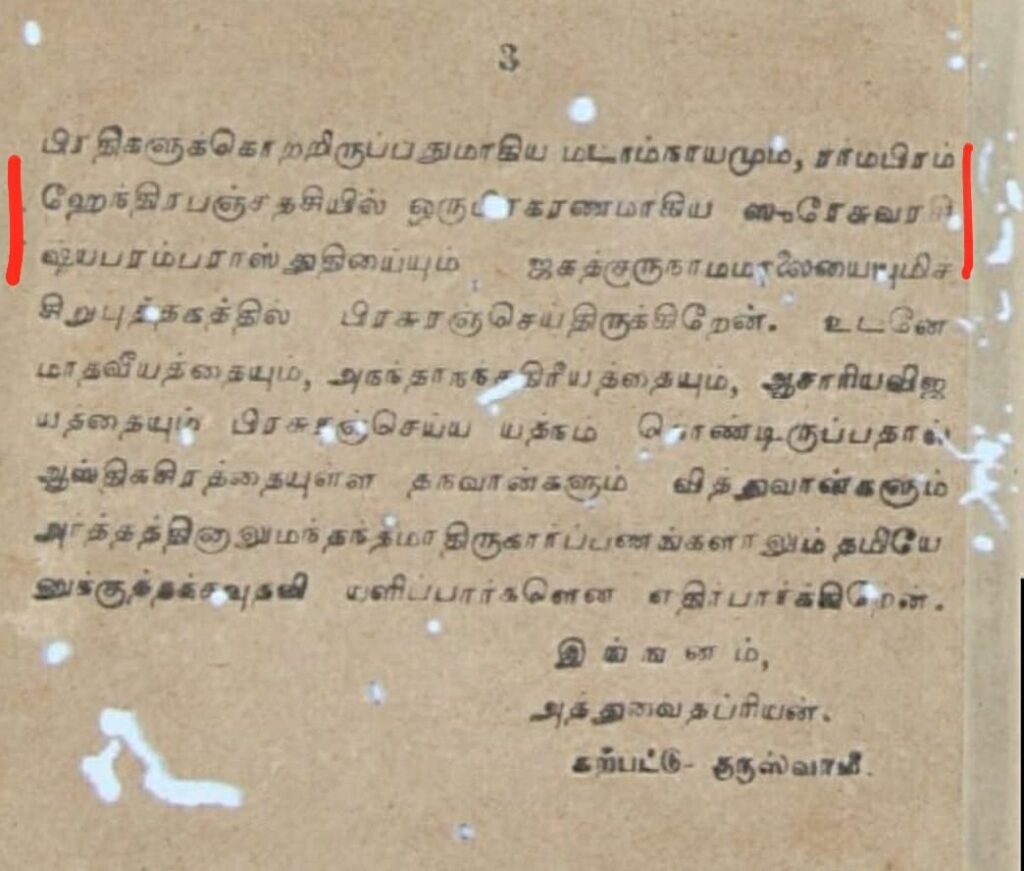
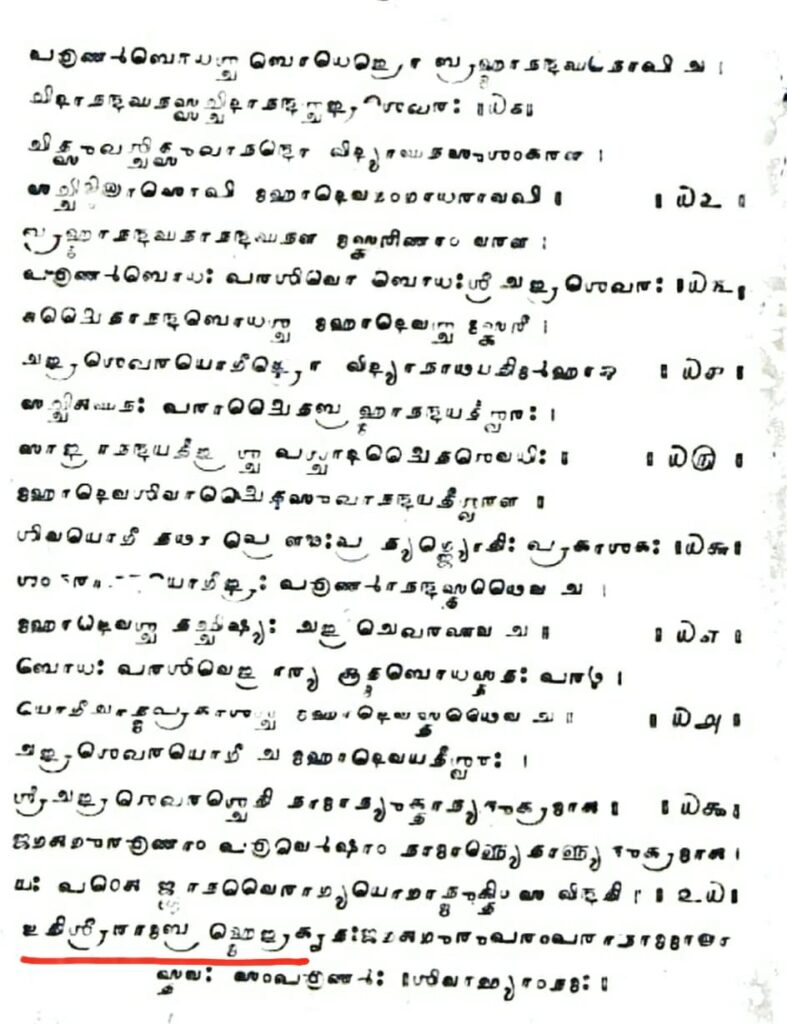
According to Gururatnamalika of Sadasiva Brahmendra (verse no.75) and the Sushama commentary on the same by Atmabodha, Vidyaranya, the disciple of Vidyatirtha, Peethadhipathi of the Kanchi Kamakoti Peeta – went to Mysore which was then in a state of confusion, established 8 branch mathas there, Virupaksha and Pushpagiri being two among them.
As regards these two mathas, Kokkandram Venkataratnam Pantulu, an adherent of Sringeri Matha in his Sankara Matha -Tatva- Prakasikartha-Sangraha quotes from the Mathamnaya recited in Pushpagiri Matha according to which Sri Vidyaranya went from Kanchi and installed Chandrasekhara Bharati at Sringeri. He also established a new Matha at Virupaksha where he installed Narasimha Bharati as the Head.
Another version about the origin of this Sankarite institution is as given below:
One of the successors of Narasimha Bharati in the Virupaksha Matha went on tour and on his way he reached Pushpagiri. He found that it was a convenient place for tapas and meditation and accordingly founded a matha there and himself stayed in that (Pushpagiri) Matha and sent one of his disciples to preside over the Virupaksha Matha.
In the Topographical list of inscriptions of the Madras Presidency, many records with names of Narasimha Bharati and Vidyasankara Bharati, the Gurus of Pushpagiri matha, are found. All these Grant’s were made to the Pushpagiri matha, only as an * independent religious institution* .
None of these records mention this matha as a shakha or branch matha of any other Sankarite institution.
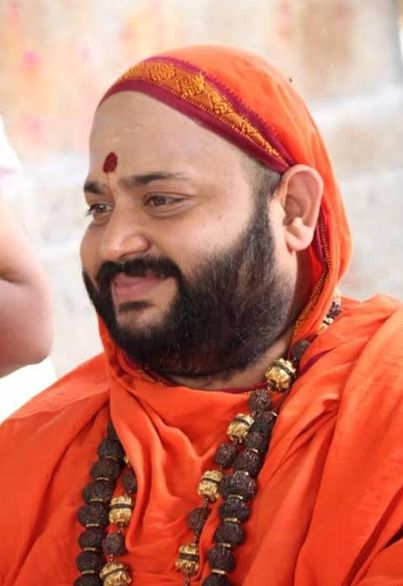
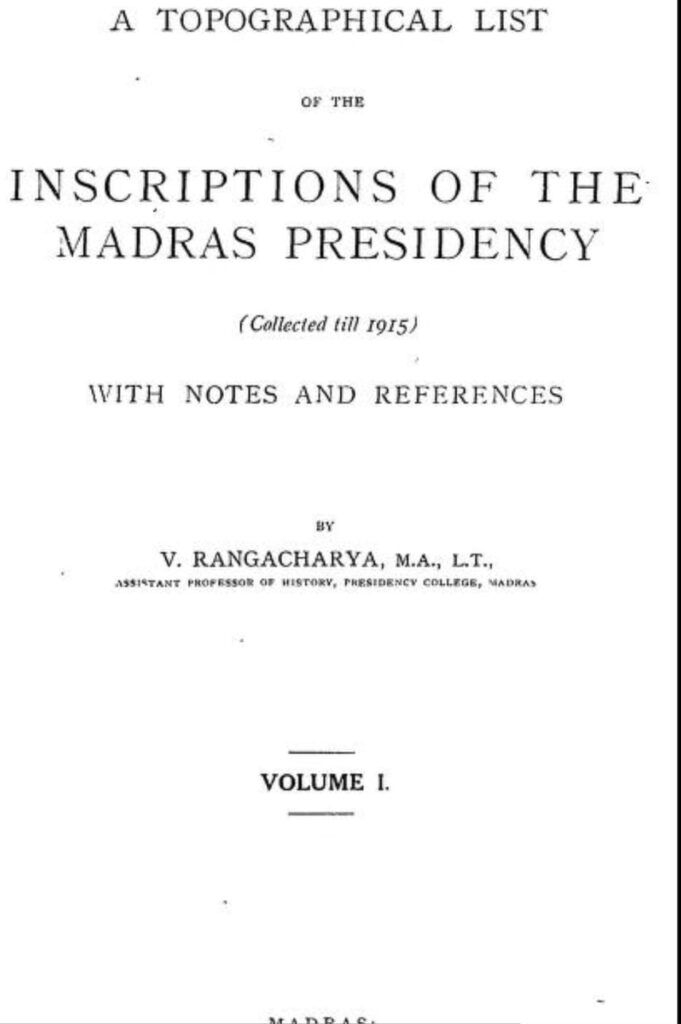
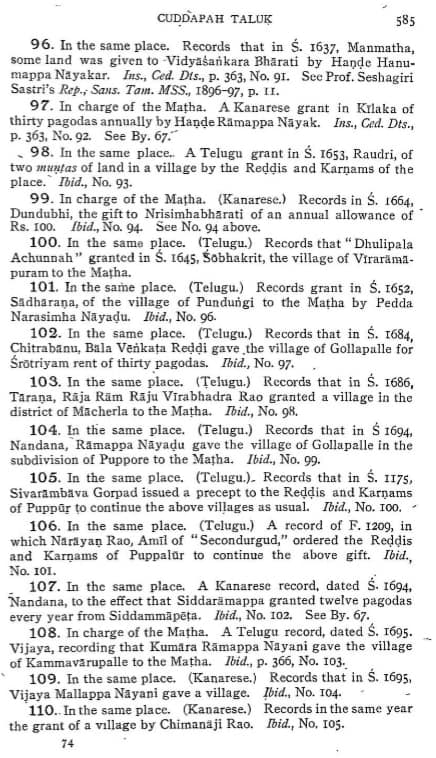
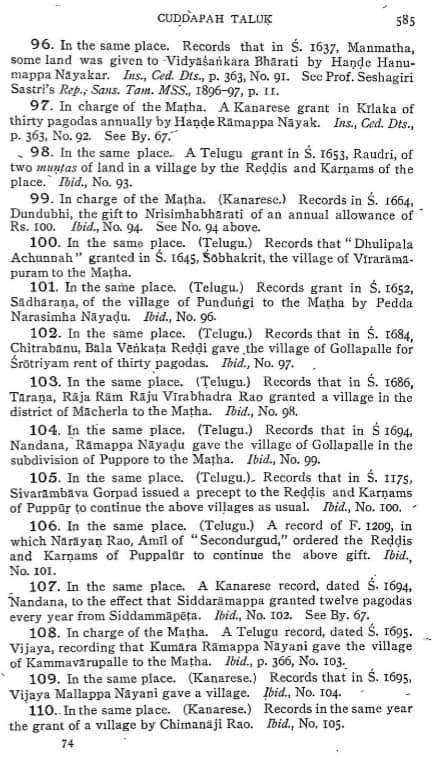
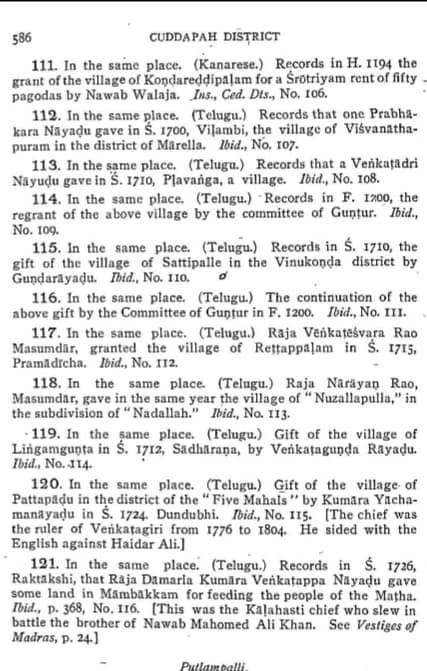
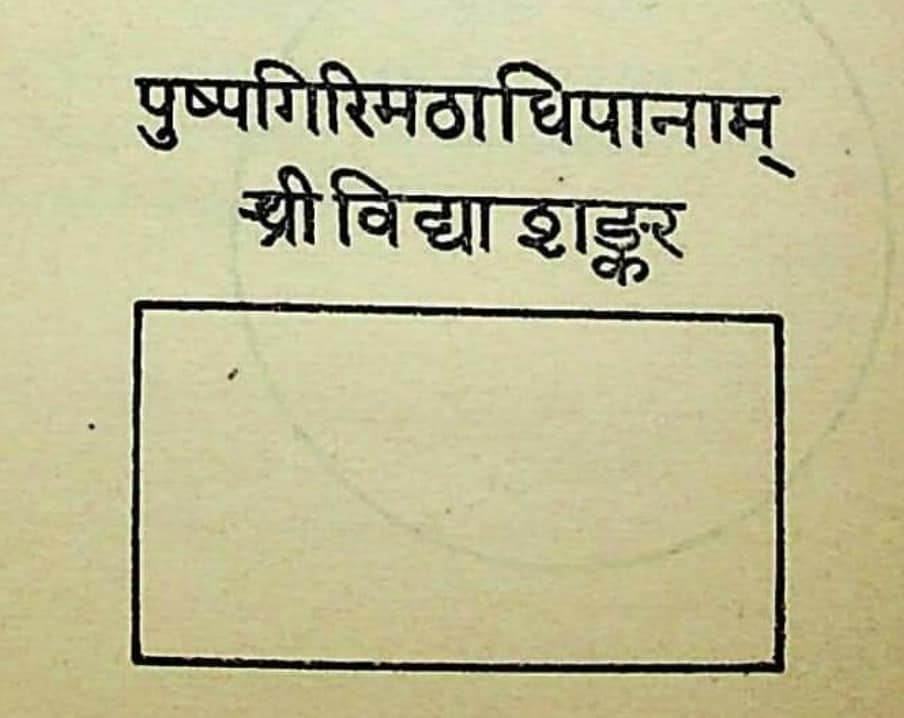
In the cultural heritage of India two streams viz, Pravirtti and Nivritti based on the Vedas are flowing. For these two streams the original canal is Lord Siva in the form of Uma and Mahesvara. This form indicates the path or Pravirtti. For the path of Nivritti the form of Dakshinamurthy is the original source. In Northern India, when many temples were razed to the ground, during the Mughal period, the tradition of Dakshinamurthy came to fade.
From Bengal to Baluchi and Kashmir to Kerala, the upasana of Dakshinamurthy is observed to this day. Yet the scarcity of temples for external worship of Dakshinamurthy are very few.
His Holiness Satchidanandagiri has constructed a temple of Dakshinamurthy near the old temple of Siddhantha Mani where he himself meditated upon Dakshinamurthy. Probably this is the Advaita Mutt referred to as Dakshinamurthy Mutt, at Kasi.
The Guruparampara of Dakshinamurthy Mutt also called Dhruvesvara Mutt, Varanasi is as follows:
1. Managiri
2. Meghagiri
3. Ramagiri
4. Satchidanandagiri
5. Amarendragiri
6. Manishagiri
7. Ramananda Giri
8. Nrisimha Giri
9. Niranjana Giri
10. Krishnananda Giri
(Prepared from ‘Gandivam’-Chaitra Sukla Prathama, 24-3-1974 By Sri Anantananendra Saraswati)
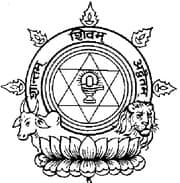
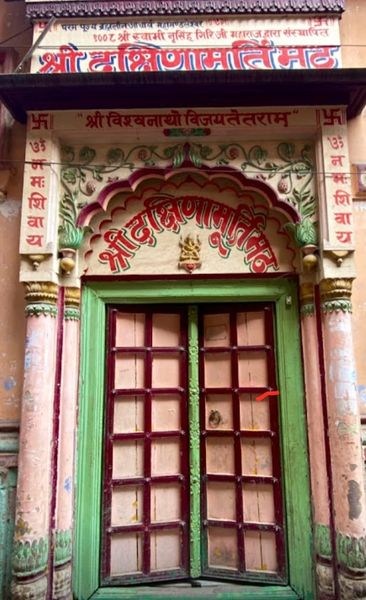
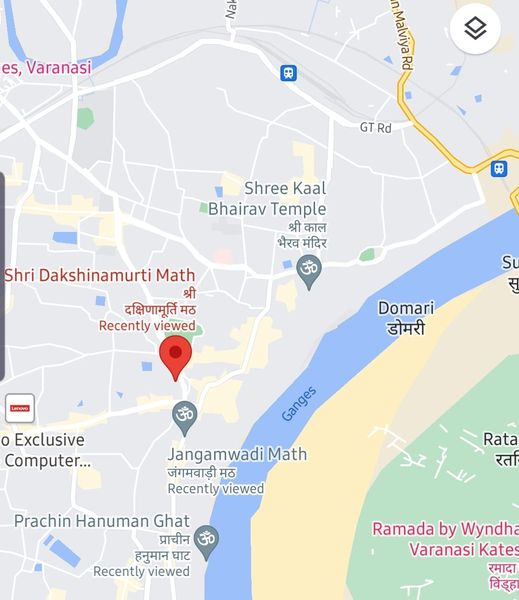
It is remarkable that the date of Sri Sankaracharya preserved in the Dwaraka matha list tallies almost exactly with that found in the ancient records of the Kanchi matha. The Dwaraka matha has also preserved the exact dates of the various events of Sri Sankara’s life from His birth to His departure.
It is important to note that the Kanchi Kamakoti and Dwaraka Peethas have not only preserved the regnal years of the Acharyas upto the present day, but also have preserved the Date of Birth of the Great Acharya and the date of His Brahmi-bhava.
Coming from two entirely distant corners of India the agreement in the dates of these two great religious institutions, the Moolamnaya and Pascimamnaya Peethas of Bharath, speaks for the genuineness of the dates given by the two lists.
And the surprise is all the more agreeably enhanced when we find that the dates given by these two mathas are quite in conformity with the date deduced by many eminent indologists, (Shri.K.G.Natesa Sastry and others) from internal evidence, one more proof to show that the Puranic chronology is genuine and tolerably correct.
( Source:Jignasa,1927)
Kanchi of those days was the meeting place of all the rival faiths, tenets and cultures found in different parts of India. Sankara in His digvijaya in various parts of the country attacked the rival faiths in their own centres and citadels and having vanquished Jains, Bauddhas, Mimamsakās, Sāktās, Kāpālikas,and atheists in the West, North and East and having established monuments of victory in the four corners of the country, He finally settled down at Kanchi which was the great converging centre of all the faiths and cultures of the country. Here He rested, found peace and entered into Eternal Bliss.
H. R. RANGASWAMI IYENGAR,
(Retired Superintendent,
Oriental Research Institute, Mysore)
R. CHAKRAVARTI,
(Retired Archaeological Assistant,
Dept. of Archaeology, Mysore.)